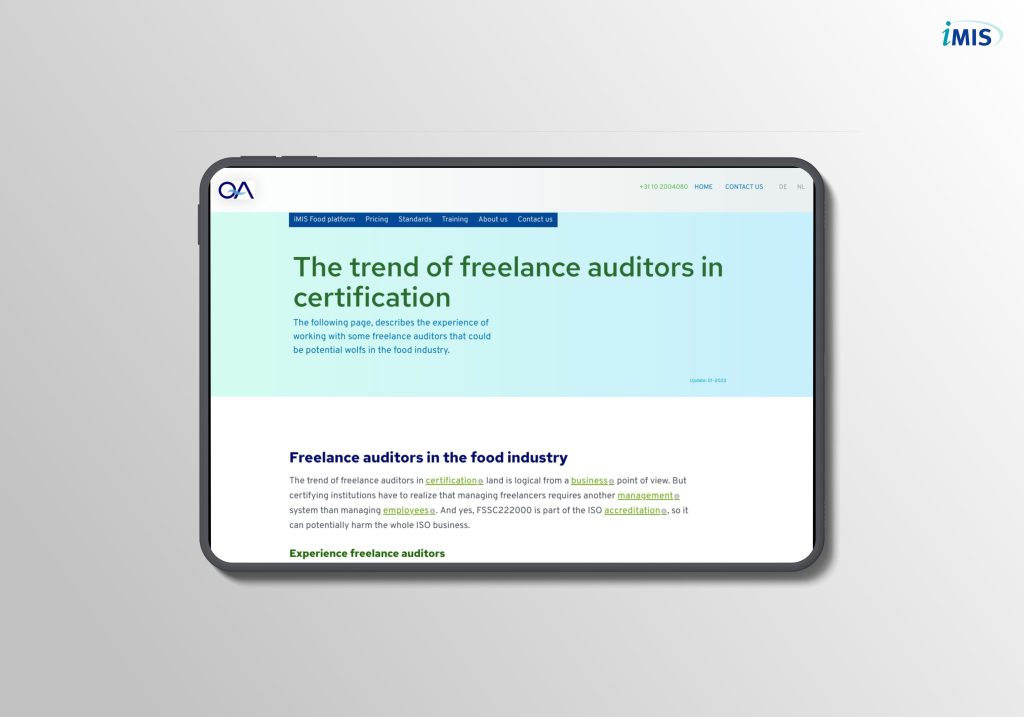Introduction to allergens
Allergens are in principle harmless, natural substances that only cause a reaction in the immune system of a small minority of the population. Precise figures on the number of people with a food allergy in the Netherlands are not available. It is estimated that 1-2% of adults and 1-3% of children have a food allergy.Edit
Background of allergens
A food allergy is a hypersensitivity reaction of the immune system to proteins in our food. The proteins that cause a reaction are called allergens. These proteins (allergens) are regarded by the body as intruders that must be rendered harmless. The body therefore reacts by forming antibodies. Each time the allergen is recognised, the antibodies are immediately activated. This is called ‘sensitisation’. Each allergen has its own antibody. In response, all kinds of substances are released in the body, including histamine. We call this the allergic reaction. The symptoms of this reaction depend on where in the body the reaction takes place. The symptoms are usually limited to minor physical reactions such as temporary skin rashes, tightness of the chest and/or vomiting. In a small number of cases, however, the symptoms can be extremely severe and the consumer may go into shock and even die.Edit
Overview of allergens
Allergens can be divided into:
- Food allergens: they enter the body through food. Examples are: proteins in cow’s milk and peanuts.
- Inhalation allergens: they enter the body via inhalation. Examples are: pollen or dust mite droppings.
- Contact allergens: they enter the body through skin contact. Examples are: ingredients of cosmetics.
Below is an overview of allergens based on the ALBA/LeDa list. The ALBA list is a list of 24 substances which may cause food allergy or hypersensitivity. This allergen list includes the 14 substances of the European directive, but also additional substances such as maize and pork. All substances on the Albal list are listed and detailed below. For each substance/allergen, examples are given of ingredients and products in which the allergen may occur. Points of interest have also been included for most allergens.
Related articles to Allergens: an overview of common food allergies
Many customers and visitors to this page 'Allergens: an overview of common food allergies' also viewed the articles and manuals listed below:



